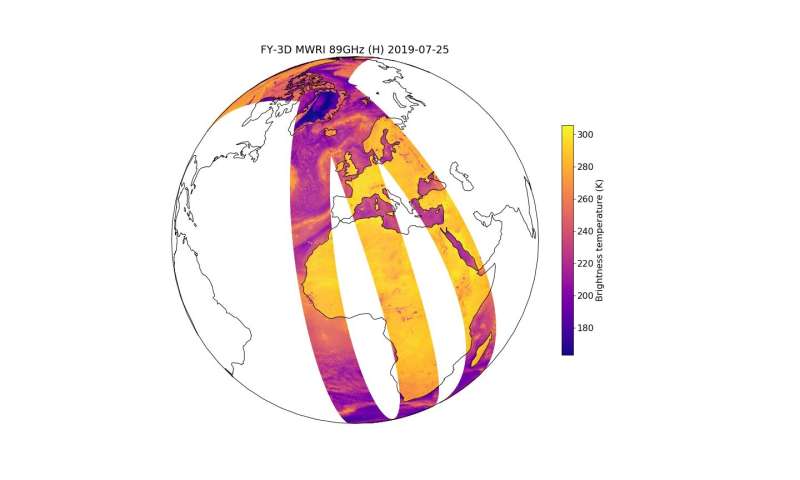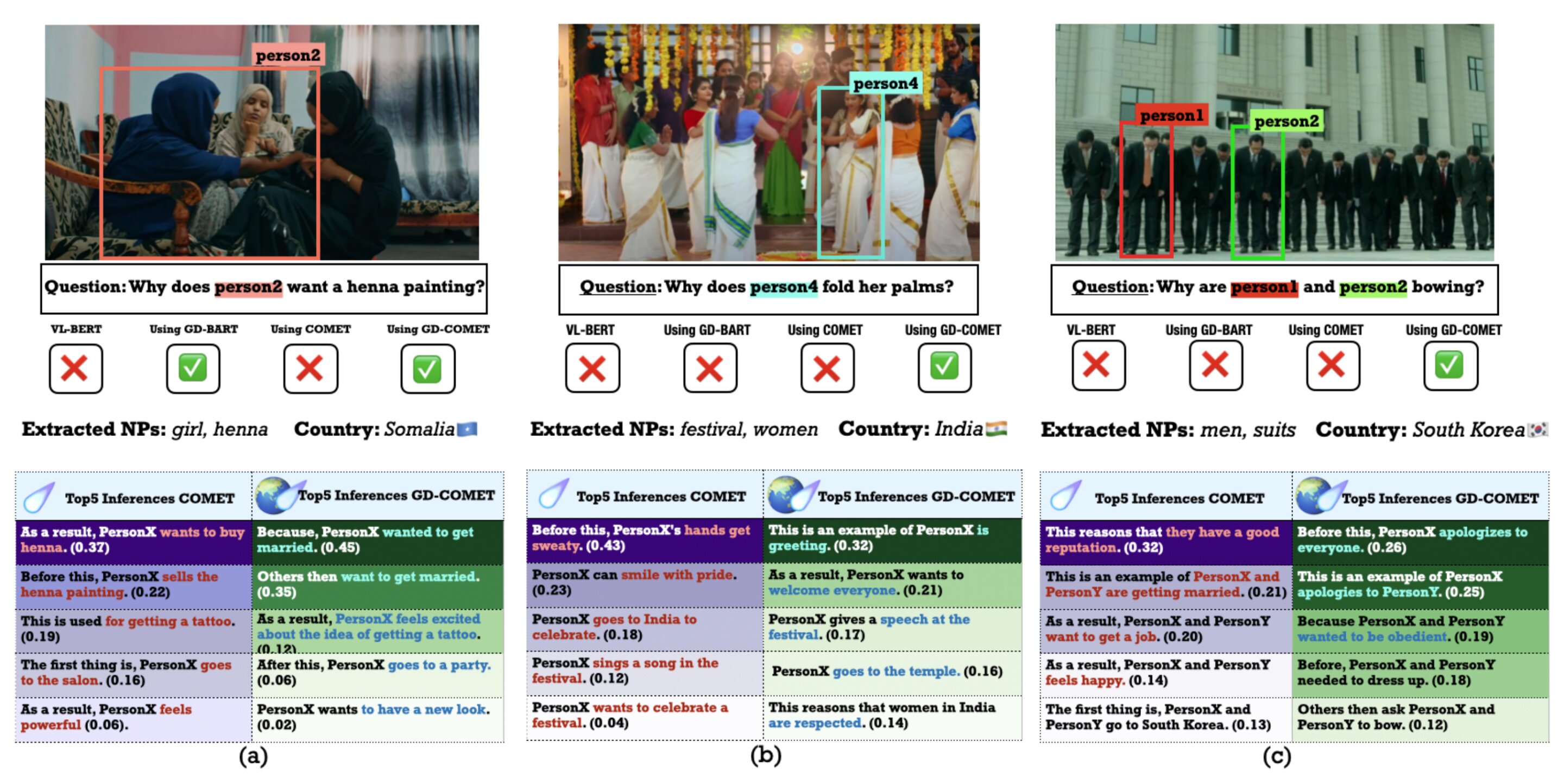#Improving weather forecasts with observations from the microwave instruments onboard China’s FY-3D satellite
“#Improving weather forecasts with observations from the microwave instruments onboard China’s FY-3D satellite”

China’s FengYun-3 (FY-3) satellite program is an important part of the Earth observing system and provides observations for numerical weather prediction (NWP), reanalyses, and climate studies. The latest platform in the program, FY-3-D, carries the Microwave Temperature Sounder 2 (MWTS-2), the Microwave Humidity Sounder 2 (MWHS-2), and the Microwave Radiation Imager (MWRI). Together, these instruments have radiometric capability spanning the microwave domain from 10 to 183 GHz and provide valuable information on surface and atmospheric temperature, humidity, and wind.
Data quality assessment is a fundamental step that leads to the optimal use of a new instrument, helps NWP centers define assimilation strategies, and guides the climate community in the generation of climate data records. In a new study published in Advances in Atmospheric Sciences, Dr. Fabien Carminati of the UK Met Office and his colleagues build upon the maturity and experience gained from the assessment of previous platforms from the FY-3 program to evaluate the instruments onboard FY-3-D and to support China in generating high-quality satellite data for a wide range of weather and climate applications. The analysis shows that the data quality of all three instruments has improved with respect to the instruments onboard FY-3C and generally compares well to that of reference U.S. instruments. The assimilation of FY-3-D microwave observations in the Met Office NWP system has a positive impact, reducing the error of global weather forecasts by a small but significant 0.1% on average.
Observations from FY-3-D microwave instruments not only benefit both the NWP and climate communities by complementing the current observing system but also ensure the continuity of Earth observations between FY-3C and FY-3E. The assimilation of microwave observations at the Met Office and other NWP centers leads to improved weather forecasts, better resilience to extreme weather events, and more accurate climate predictions and monitoring. This also has the potential to improve downstream activities in sectors as varied as economics, agriculture, or energy, and provide a firmer basis for management and decision making.

More information:
Fabien Carminati et al, Insights into the Microwave Instruments Onboard the Feng-Yun 3D Satellite: Data Quality and Assimilation in the Met Office NWP System, Advances in Atmospheric Sciences (2020). DOI: 10.1007/s00376-020-0010-1
Improving weather forecasts with observations from the microwave instruments onboard China’s FY-3D satellite (2020, August 27)
retrieved 27 August 2020
from https://phys.org/news/2020-08-weather-microwave-instruments-onboard-china.html
This document is subject to copyright. Apart from any fair dealing for the purpose of private study or research, no
part may be reproduced without the written permission. The content is provided for information purposes only.
If you want to read more Like this articles, you can visit our Science category.
if you want to watch Movies or Tv Shows go to Dizi.BuradaBiliyorum.Com for forums sites go to Forum.BuradaBiliyorum.Com




